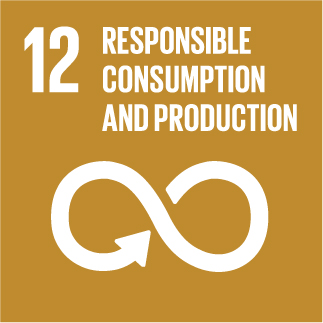Integrated manufacturing of REciclable multi-material COmposites for the TRANSport sector
Humidity Sensing with Supramolecular Nanostructures
The state of the art of supramolecular nanostructures as active components for the fabrication of high?performance humidity sensors is reviewed. The different sensing mechanisms that exploit structural or electronic/ionic?transport changes resulting from the interaction of the supramolecular nanostructures with water molecules to read out the environmental humidity with key performance indicators beyond the state of the art are discussed.Precise monitoring of the humidity level is important for the living comfort and for many applications in various industrial sectors. Humidity sensors have thus become one among the most extensively studied and used chemical sensors by targeting a maximal device performance through the optimization of the components and working mechanism. Among different moisture?sensitive systems, supramolecular nanostructures are ideal active materials for the next generation of highly efficient humidity sensors. Their noncovalent nature guarantees fast response, high reversibility, and fast recovery time in the sensing event. Herein, the most enlightening recent strategies on the use of supramolecular nanostructures for humidity sensing are showcased. The key performance indicators in humidity sensing, including operation range, sensitivity, selectivity, response, and recovery speed are discussed as milestones for true practical applications. Some of the most remarkable examples of supramolecular?based humidity sensors are presented, by describing the finest sensing materials, the operating principles, and sensing mechanisms, the latter being based on the structural or charge?transport changes triggered by the interaction of the supramolecular nanostructures with the ambient humidity. Finally, the future directions, challenges, and opportunities for the development of humidity sensors with performance beyond the state of the art are discussed.

» Publication Date: 21/02/2023

This project has received funding from the European Union's Horizon 2020 research and innovation programme under grant agreement Nº 768737


